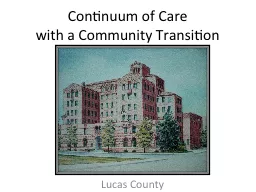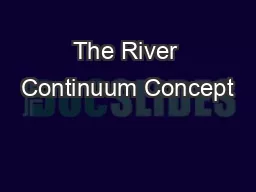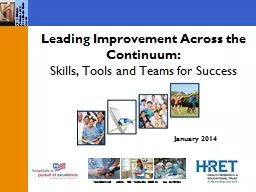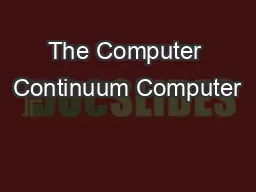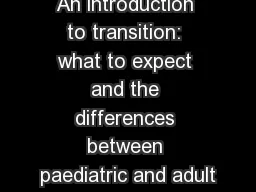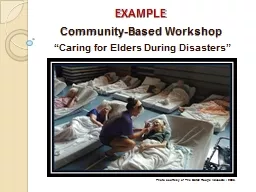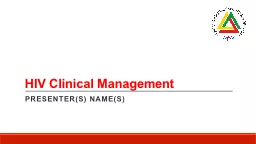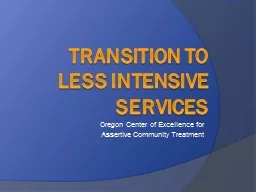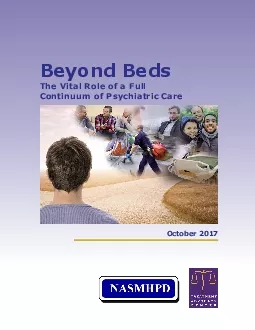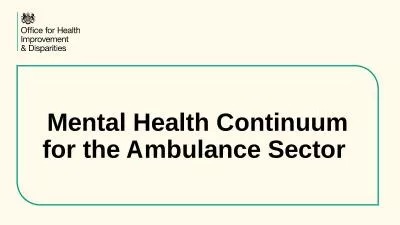PPT-Continuum of Care with a Community Transition
Author : kittie-lecroy | Published Date : 2018-03-07
Lucas County Your Presenters Michelle Butts Lucas County PretrialPresentence Department Stan Cechvala Correctional Treatment Facility Liz Conley Correctional
Presentation Embed Code
Download Presentation
Download Presentation The PPT/PDF document "Continuum of Care with a Community Tran..." is the property of its rightful owner. Permission is granted to download and print the materials on this website for personal, non-commercial use only, and to display it on your personal computer provided you do not modify the materials and that you retain all copyright notices contained in the materials. By downloading content from our website, you accept the terms of this agreement.
Continuum of Care with a Community Transition: Transcript
Download Rules Of Document
"Continuum of Care with a Community Transition"The content belongs to its owner. You may download and print it for personal use, without modification, and keep all copyright notices. By downloading, you agree to these terms.
Related Documents

